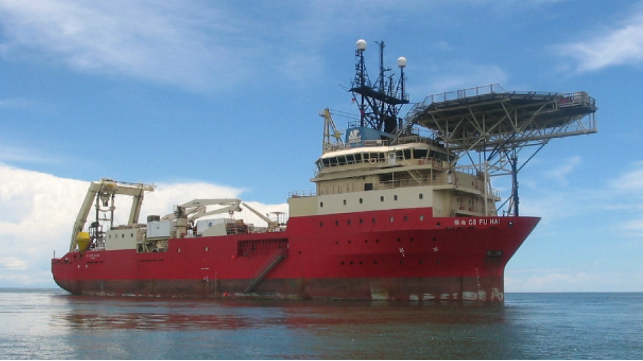By Brian Gicheru Kinyua 03-22-2021 03:27:00 Image courtesy SBSS` Since its launch in 2013, China’s Belt and Road Initiative (BRI) has received extensive attention against the backdrop of growing national debts in many African countries. BRI has led to creation of new portfolios at law firms, think tanks, banks and media to reap the perceived benefits of Chinese infrastructure investment. Opinions are torn between BRI as a Trojan horse for neocolonialism or a gift horse that will usher industrialization and economic empowerment to developing countries. The focus has mainly dwelled on two features: the overland Silk Road – vast networks of railways, energy pipelines and highways – and the maritime Silk Road, which will accommodate China’s expanding maritime traffic through port developments in the Indian Ocean.
However, the spotlight on China’s Digital Silk Road (DSR) has remained faint, despite its overarching role in realization of the BRI. Announced in 2015, Beijing hopes to leverage the DSR to enhance its digital connectivity abroad and – most importantly – facilitate China’s ascendance as a global technological superpower. Other objectives of the DSR include creation of a China-centric digital infrastructure, exporting industrial overcapacity, establishing access to large pools of data and creating a technological conduit to export Chinese soft power.
The reach of the DSR is readily apparent in many African governments’ increasing reliance on Chinese technology. Studies by Steven Feldstein – a Carnegie Endowment for International Peace Senior fellow – on China’s digital influence in Africa have mapped how Chinese firms like Huawei, Hikvision and Dahua are building surveillance networks, high-tech censorship tools, and supplying advanced social media monitoring capabilities to African countries.
In 2014, Safaricom – Kenya’s telecom giant – partnered with Huawei to deploy over 1,800 CCTV cameras in the city of Nairobi. The live cameras are integrated through wireless infrastructure to Kenya National Police Headquarters, where the monitoring happens. Kenya is part of the Huawei “Safe City” project, which supplies surveillance technology to enhance police and security force capabilities. Other countries under this program include Botswana, South Africa, Uganda, Zambia and Mauritius. This is just one part of the 70 percent of Africa’s ICT infrastructure that is built by Huawei, according to an analysis by Gyude Moore of Center for Global Development.
Subsea cable connectivity
But how does Chinese digital technology diffuse throughout Africa? One of the prominent ways is through subsea data cables. Subsea cables carry over 95 percent of […]
